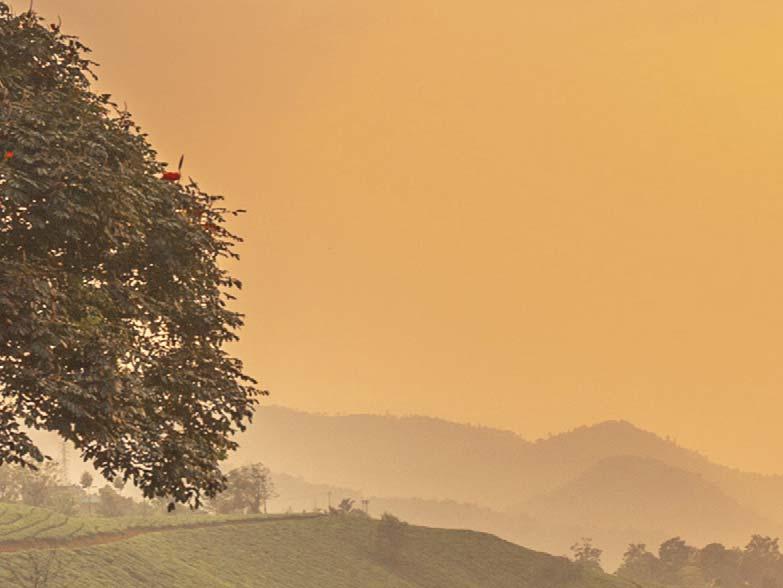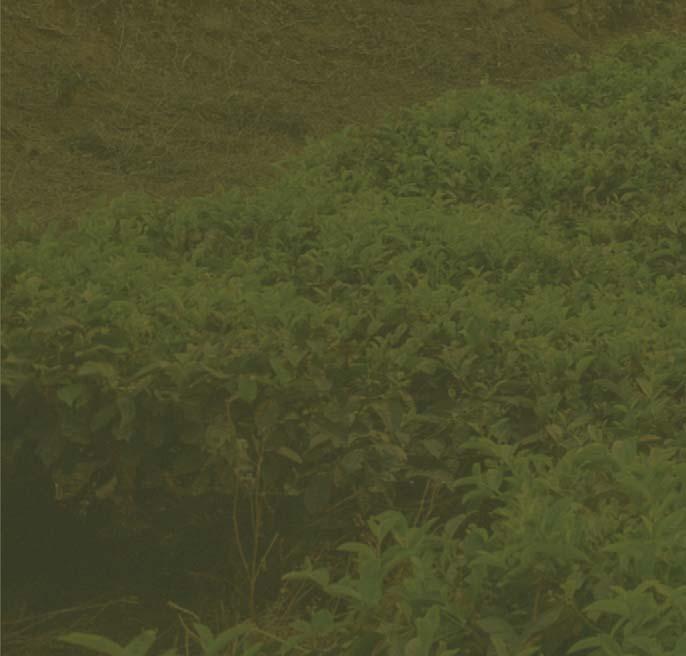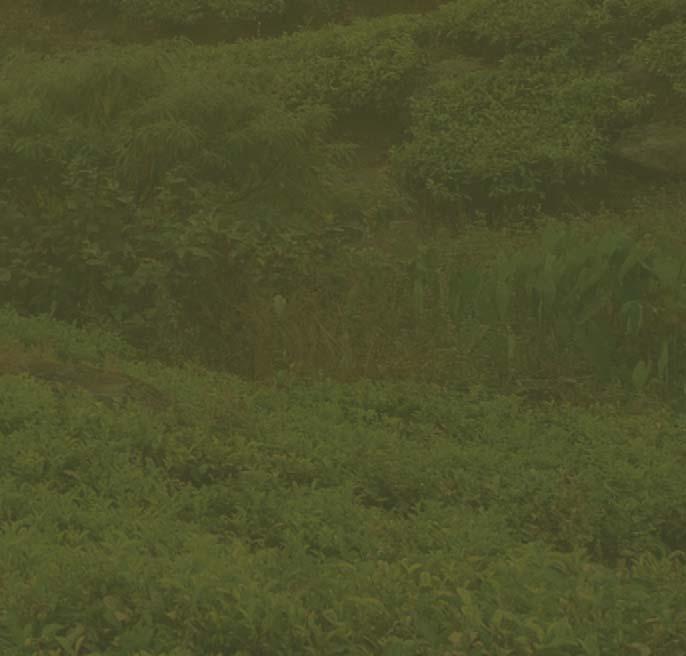
5 minute read
World News
WORLD NEWS WORLD NEWS
RUSSIA Eastern Mining Company present concept of ‘Green Coal Cluster’
VGK, one of the 10 largest coal mining companies in the Russian Federation, intends to create a ‘Green Coal Cluster’ in the Uglegorsk District of the Sakhalin Region. The concept of the project was presented by the Chairman of the Board of Directors of VGK, Oleg Misevra, in the framework of the plenary session at the Open Day of the Sakhalin Region for investors. According to preliminary calculations, the implementation of the new concept will reduce the carbon footprint by 64 000 t of conventional carbon fuel and reduce carbon dioxide emissions by 176 000 tpy.
The Green Coal Cluster concept will include three innovative projects. One of them is already under construction: the longest main coal conveyor in the Russian Federation. The project combines modern technologies and advanced environmental standards. The facility under construction will: reduce the load on public roads; abandon the transportation of coal by cars, which will reduce emissions of exhaust gases into the atmosphere; and deliver coal in the most environmentally friendly way recognised throughout the world.
Another project is being implemented jointly with the manufacturer of automotive equipment – the BelAZ plant. The development of an electric dump truck with a carrying capacity of 220 t provides for the operation of a mining dump truck at the field, which uses an external source of energy from trolley lines. The use of such transport will lead to: a decrease in the consumption of fossil hydrocarbons; preservation of the climate; a decrease in harmful emissions at the place of operation of the equipment; an increase in the economic eff ects associated with the use of electricity; and an increase in the productivity of machines.
The most ambitious project within the Green Coal Cluster is the construction of a wind farm with a total capacity of 67.2 MW in the Sakhalin Region. The wind farm will include 16 wind turbines located in areas with high wind potential. In addition to the diff icult terrain, the uniqueness of the project lies in the fact that the wind farm is being built according to the needs of the company to provide power supply to all production facilities. To date, two sites have been identified for the installation of wind turbines, where wind monitoring will be carried out until the end of 2021.
AUSTRALIA NSW IPC conditionally approves extension to Mangoola Mine
New South Wales’ Independent Planning Commission has approved, with conditions, an extension to an Upper Hunter coal mine.
Mangoola Coal Operations Pty Ltd, a subsidiary of Glencore Coal, sought approval to establish a new opencast mining area to the north of existing operations at its Mangoola Mine, 20 km west of Muswelbrook.
An additional 52 million t of run-of-mine coal would be extracted over approximately 8 years, with operations to cease at the site in December 2030 – a 13-month extension to the company’s existing development consent.
Supporters of the proposed mine extension cited the projected social and economic benefits to the local area, Upper Hunter region and to NSW, including job creation and retention. Those opposed to the project raised concerns about air quality, biodiversity, greenhouse gas emissions and climate change, impacts on water resources, noise impacts, traff ic and transport impacts, socio-economics, Aboriginal cultural heritage, and rehabilitation.
Aft er considering all the evidence and community views, the commission has determined to approve the state significant development application, subject to 179 conditions – finding that “on balance and when weighed against the objects of the [Environmental Planning & Assessment] Act, ecologically sustainable development principles, the current policy frameworks and socio-economic benefits, the impacts associated with the project are acceptable and the project is in the public interest.”
The project will use existing infrastructure including the Mangoola Mine Coal Handling and Processing Plant, rail loop and mining fleet, and involve the development of a new haul road overpass, which would also traverse Wybong Road and Big Flat Creek, in order to connect the Northern Extension Area with the Mangoola Mine.




Raj Shah, Coherent Market Insights, India, provides an insight into the future of the Indian coal industry.










India is one of the top producers of coal worldwide, with estimated coal reserves of up to 319 billion t in 2018, according to Indian Bureau of Mines data in 2019, making it the fifth largest coal producing country in the world. Coal India Ltd (CIL), a public-sector company, is the major enterprise, contributing over 80% of the total national coal production. The government of India currently owns 69.05% of stakes in CIL, while the remaining 30.95% is publicly owned. India is also the world’s second largest consumer of coal, with coal consumption reaching up to 942 million t in 2017. According to the International Energy Agency’s 2018 report on coal information, thermal coal accounted for 86% (806 million t), lignite (or brown coal) accounted for 5% (47 million t), and metallurgical coal accounted for 9% (89 million t) of India’s total coal consumption in 2017.
Power generation
Coal mining and power generation are among the top major industries in India, together accounting for approximately 1/10 of India’s industrial production. These industries directly employ approximately 500 000 people in the country, while simultaneously generating substantial employment in the transport sector as well. In the Indian power sector, the COVID-19 pandemic has increased the uncertainties in coal consumption estimates, due to the sudden reduction in commercial activities during the nationwide lockdown (until August 2020), which in turn has caused considerable decline in demand for electricity. Although, the residential sector in the country has seen an upsurge in demand for electricity, due to the prevalence of the majority of people working remotely and staying indoors.
Even before the pandemic, coal-based power plants struggled with the steady rise in demand for alternative energy sources, notably wind and solar power. India’s coal consumption is primarily dependent on the power sector, which is currently facing uncertainties in electricity demand – due to the economic slowdown in recent months and strong competition from low










